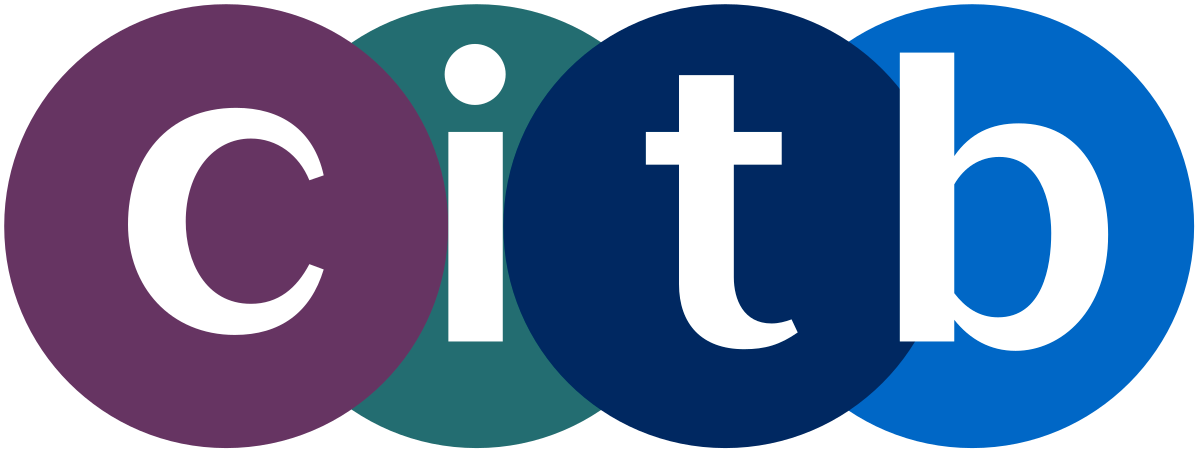LASER SCANNING FOR CONSTRUCTION (3 days)

Setting Out For Construction is an Approved Training Organisation
- CITB Assured
- Eligible for Flexible Workforce Development fund, GRANT BACK fund, CITB Skills and Training fund and/or levy grants.
About This Course
Delegates should have a working knowledge of 3D coordinate geometry, surveying and setting out principals and 3D mapping and modelling software.
This 3- day practical training standard teaches the principles and practices of laser scanning for use in construction specific contexts and covers the practical elements, relevant theory, use of software and considerations when working in a public area.
Course Content
Download BrochureLASER SCANNING FOR CONSTRUCTION SURVEYING
By the end of the course, delegates will be able to:
- List the applications, advantages and limitations of laser scanning and describe scenarios where it can and cannot be used
- Explain the IT requirements and restrictions
- Describe types of laser scanning and their uses
- Describe the capabilities and limitations of different types of laser scanning targets including spheres and checkerboards
- List different methods for establishing control points and their suitability in different situations
- Explain the difference between registration points and control points
- Explain when to use the inclinometer and when not to
- Explain how laser scanning technology works
- Explain factors which need to be considered when scanning in a public area with people and traffic
- Describe the effect of light conditions on image quality
- List factors which can affect scan quality and image quality
- Use scanning terminology correctly including identifying and naming the parts of the scanner
- List the range of possible deliverables a customer may require
- Explain the relationship between surveying with an optical instrument, GNSS use and laser scanning
- Identify the purpose and required deliverables of a survey
- Plan a laser scan survey from start to finish considering scanning requirements, type of equipment, placement of equipment and control, permits, safety measures and road closures
- Validate existing control points
- Establish control points
- Plan the safe work area
- Identify and plan for visual obstructions
- Place the spheres and checker boards correctly
- Plan the set up positions considering target types, overlap and visual obstructions
- Set up the configuration/profile for each scan
- Place the scanner appropriately
- Transfer the raw data from the equipment to the computer and prepare for processing
- Transform scan data to point cloud
- Explain the different methods of registration (target based, cloud to cloud, mixed)
- Clean the scan data (remove people, cars etc)
- Carry out checks on the data to check the instrument conforms with the manufacturers specification
- Colourise the scan data
- Tie laser scan survey data in with drawings, local grid, previously created point clouds and existing features
- List the different file types used and explain how different file types interact
- Select the most suitable software based on the required deliverables and the capabilities and limitations of the different types of software available
- Superimpose a construction drawings onto scan data
- Convert the point cloud to 3D data for use in BIM
- Export a 3D visual tour which can be viewed by anyone
- Carry out measurements, compute volumes
